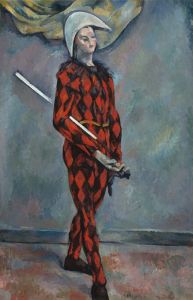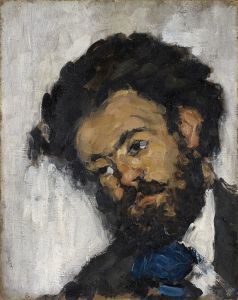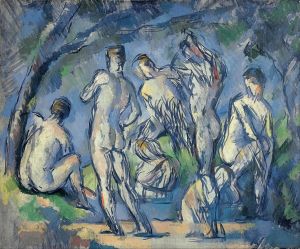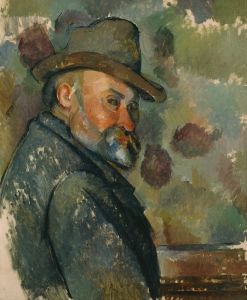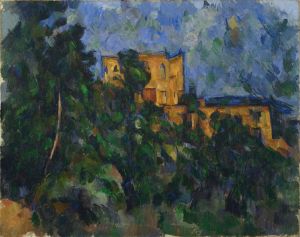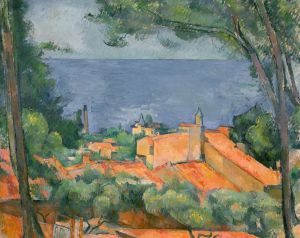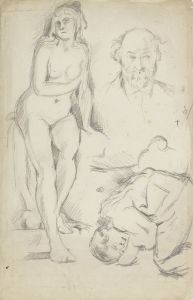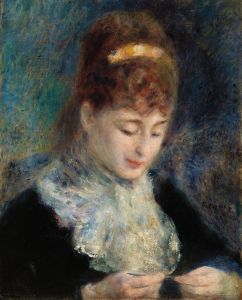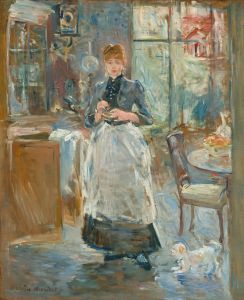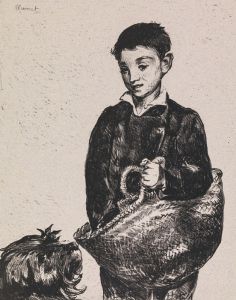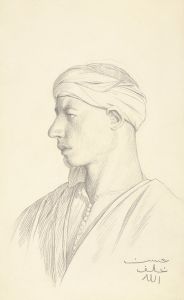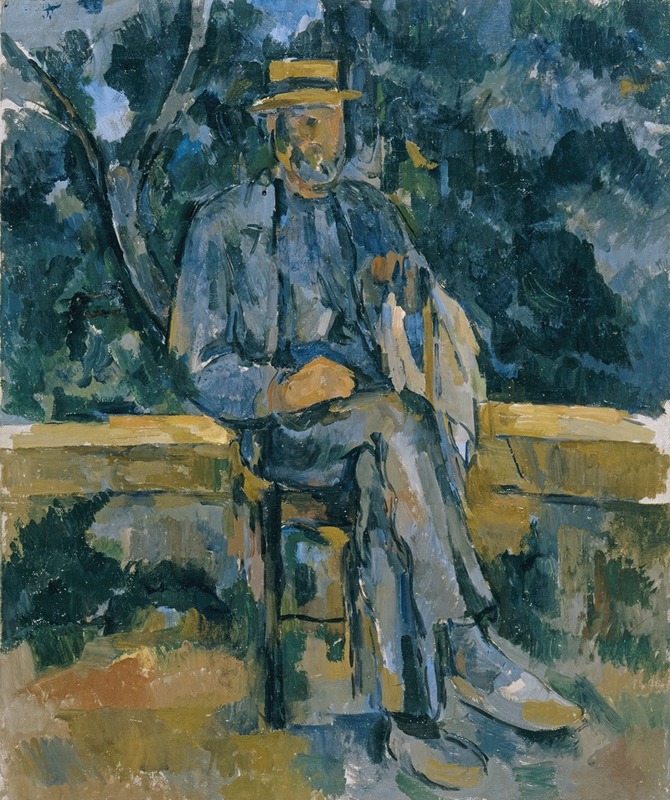
Portrait of Peasant
A hand-painted replica of Paul Cézanne’s masterpiece Portrait of Peasant, meticulously crafted by professional artists to capture the true essence of the original. Each piece is created with museum-quality canvas and rare mineral pigments, carefully painted by experienced artists with delicate brushstrokes and rich, layered colors to perfectly recreate the texture of the original artwork. Unlike machine-printed reproductions, this hand-painted version brings the painting to life, infused with the artist’s emotions and skill in every stroke. Whether for personal collection or home decoration, it instantly elevates the artistic atmosphere of any space.
"Portrait of Peasant" is an oil painting by the renowned French Post-Impressionist artist Paul Cézanne. Created in the late 19th century, this work exemplifies Cézanne's innovative approach to form and color, which significantly influenced the development of modern art.
Paul Cézanne, born on January 19, 1839, in Aix-en-Provence, France, is often credited with bridging the gap between 19th-century Impressionism and the early 20th century's new line of artistic inquiry, Cubism. His unique method of building form with color and his analytical approach to nature profoundly impacted the art world.
"Portrait of Peasant" is one of Cézanne's numerous portraits, a genre he explored extensively throughout his career. While Cézanne is perhaps best known for his still lifes and landscapes, his portraits reveal his deep interest in capturing the essence of his subjects through a meticulous study of their features and expressions. This particular painting depicts a peasant, a subject that reflects Cézanne's interest in the rural life of Provence, where he spent much of his life.
The painting is characterized by Cézanne's distinctive brushwork and use of color. He employed a palette of muted tones, with subtle variations that create a sense of depth and volume. Cézanne's technique involved applying paint in small, deliberate strokes, which allowed him to build up the surface of the canvas gradually. This method is evident in "Portrait of Peasant," where the layers of paint contribute to the overall texture and dimensionality of the work.
Cézanne's approach to portraiture was less concerned with capturing a photographic likeness and more focused on conveying the underlying structure and form of his subjects. In "Portrait of Peasant," this is achieved through the careful arrangement of shapes and the interplay of light and shadow. The peasant's face is rendered with a series of geometric planes, a technique that prefigures the Cubist movement pioneered by artists like Pablo Picasso and Georges Braque.
The painting also reflects Cézanne's interest in the human condition and his desire to depict the dignity and resilience of ordinary people. By choosing a peasant as his subject, Cézanne elevates the status of the rural worker, presenting him with the same seriousness and respect typically reserved for more traditional portrait subjects.
"Portrait of Peasant" is housed in a private collection, and as such, it is not as widely accessible as some of Cézanne's other works. However, it remains an important example of his portraiture and his broader contributions to the art world. Cézanne's influence can be seen in the works of countless artists who followed him, and his innovative techniques continue to be studied and admired by art historians and enthusiasts alike.
In summary, "Portrait of Peasant" is a testament to Paul Cézanne's mastery of form and color, as well as his ability to convey the inner life of his subjects. Through his unique approach to painting, Cézanne laid the groundwork for many of the artistic movements that emerged in the 20th century, solidifying his place as one of the most important figures in the history of art.






